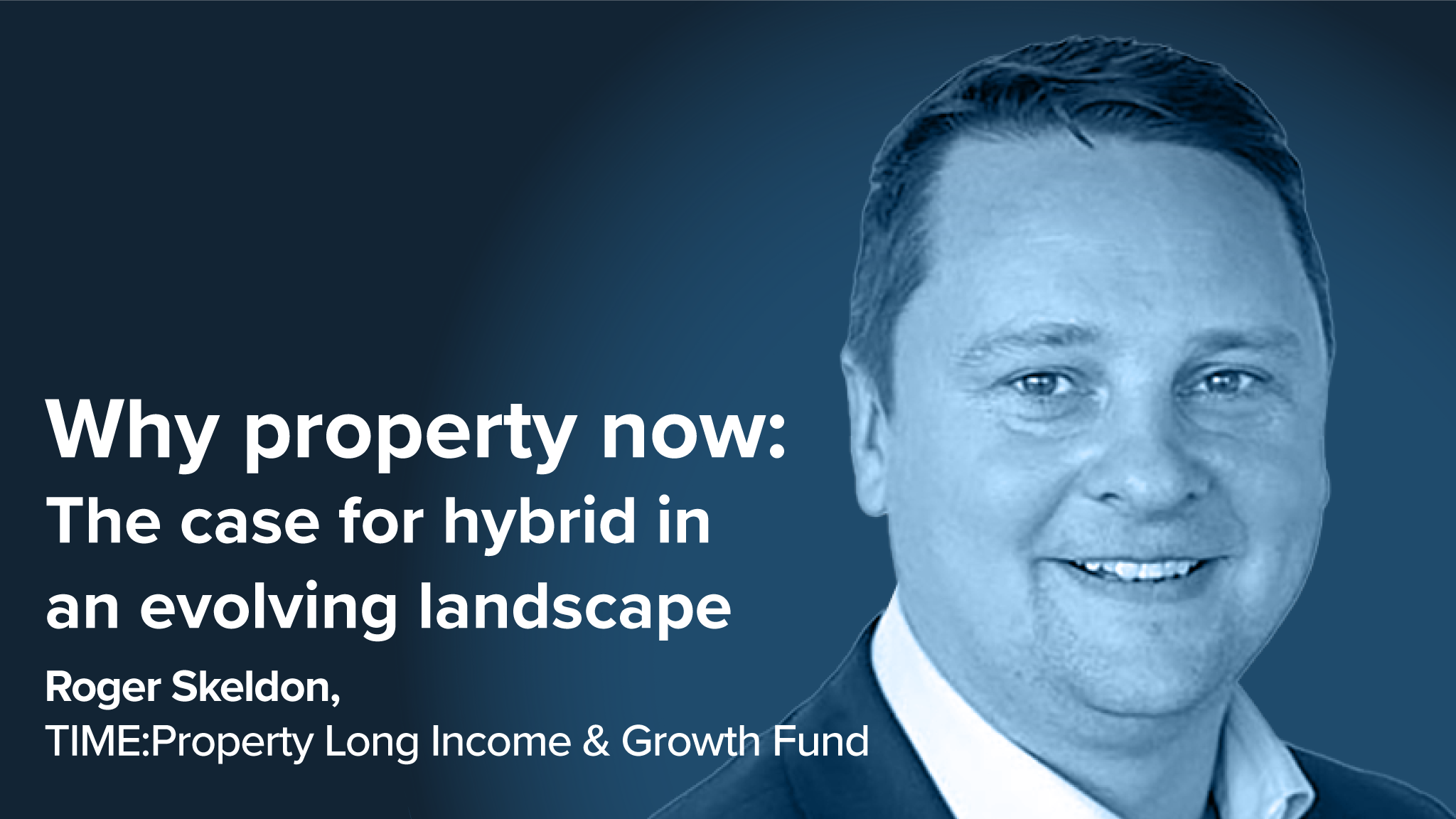Passive funds are the building blocks of many portfolios, but they are becoming more complex, offering a twist on the usual market-cap weighted index trackers.
Known as ‘enhanced passives’, these strategies offer something of a middle ground between traditional active and passive investing. They typically track a benchmark index while aiming to slightly outperform it or slightly reduce risk. In this category you’ll find products labelled smart beta funds, enhanced index funds and enhanced ETFs. They might construct their weightings based on factors and themes such as value, momentum, volatility, or quality, rather than weighting by companies’ market cap.
Enhanced index funds or ETFs may also include specific risk-management techniques designed to reduce tracking error and volatility.
Their main benefits are that they offer the efficiency, liquidity and low cost of passive funds, while still being active enough to enhance returns and take advantage of market opportunities. They are not fully active in terms of stock selection, but they can allow investors to get exposure to certain investing themes or styles in portfolios.
Asset managers are reporting significant inflows into their enhanced passive offerings as investors look for new and innovative ways to bolster portfolios. Global assets invested in smart beta ETFs, for instance, reached $1.6trn last year, marking a 5% increase from 2023. These funds attracted net inflows of almost $12bn in the first two months of 2024 alone, according to ETFGI.
How are investors using enhanced passives?
There’s no standard definition of what enhances passives actually are. James Sullivan, head of partnerships at Tyndall Investment Management, said he sees these products as conventional index funds that are doing something a little different, whether aiming for extra income, screening for ESG factors, or adding a value tilt.
“They allow tactical tilts within a portfolio to be nuanced, similar to baking a pie and following the recipe, but adding a little more flavour as the palate desires,” he said. “One can choose to be in line with benchmark with regard to overall equity risk, but within that, implement a bias towards a certain theme such as growth, or value, for example. It gives a portfolio the opportunity to deliver some alpha without taking on material benchmark risk.”
Ben Seager-Scott, chief investment officer at Forvis Mazars, said fund groups use the term ‘enhanced passives’ to talk about a product that is low cost and “follows some sort of rules-based methodology while trying to outperform a simple, market-cap weighted index either by doing something clever and systematic or clever and human-based”. At the more extreme end of the spectrum, the category might encompass much more systematic strategies to rival hedge funds, he suggested.
Seager-Scott said these products can be useful in portfolios that focus heavily on asset allocation and want exposure to broad market movements or potentially tactical style tilts. “Potentially portfolios that are particularly focused on minimising costs but willing to accept a bit more return variability in an effort to add a little bit of stock-selection alpha,” he added.
Using enhanced passives to boost income
In constructing portfolios for advisers at Tyndall IM, Sullivan has used enhanced passives to generate additional income while broadly tracking an index.
“Buying global equities, for example, via a conventional index fund is likely to generate a yield of circa 1.75% but doing so via an income variant, the yield is much closer to 3.25%, which makes all the difference,” he explained.
“The fund in question ‘seeks to achieve its investment objective by investing primarily in shares of companies which tend to pay out a larger amount of money as income (gross of fees) than an equivalent investment in the Index would pay out’ therefore delivering yield, albeit with a typical value tilt as it screens out more growth-orientated companies.
Sullivan likes the fact that these funds allow investment managers to be more targeted in their approach, while paying index fund-esque fees. “This more granular approach helps demonstrate our ability to add value and it has proven to be a very cost-efficient way of managing a quasi-active or passive portfolio,” he added.
Competitive pricing and the potential to beat the market are an important part of these products’ appeal. But there’s always the possibility that the ‘enhancements’ don’t actually deliver.
Success may be hard to repeat
Ben Yearsley, director at Fairview Investing, is concerned that a one-off success may be difficult to repeat. “Where do ‘passive plus’ or enhanced passives really sit? What’s their edge? What are they doing to give their enhanced status?” he asked.
“More crucially, why is it repeatable? That’s the bit I’m not sure about. With passive, you know what you’re getting, with active you don’t know what you’re getting but that’s the point. But with enhanced passive you expect the consistency of passive but with outperformance of active, and I’m not sure if that really exists.” Overall he prefers either active or passive, or active and passive, in portfolios.
There is an argument that enhanced passives are overcomplicating what was a simple, no-frills concept of purely passive index trackers. Seager-Scott highlighted the pros and cons: “Depending on the nature, I think they can be useful tools and, by limiting the scope of alpha generation – assuming the ‘enhanced’ element has tight controls – they can provide low-cost access and have a lower likelihood of going catastrophically wrong through bad stock calls.
“On the negative side, they generally will cost a bit more than a plain vanilla tracker fund, you still have the potential to underperform, and it detracts from the simplicity and understandability.”
With enhanced passives, as long as investors understand what and how they are ‘enhancing’, these solutions can have a place in many portfolios for different purposes.










